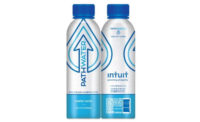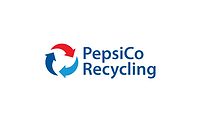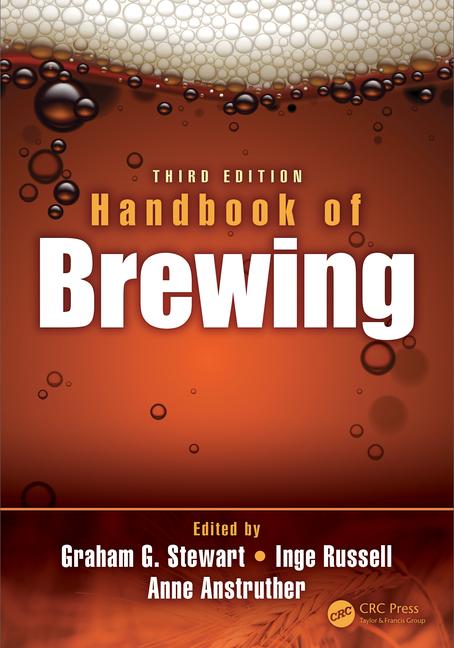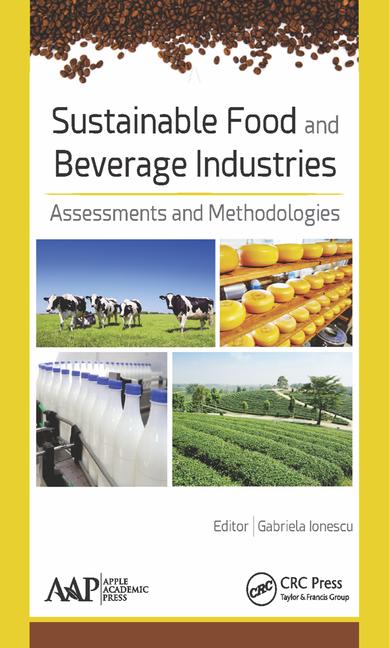Use Space and Reduce Waste
By ELIZABETH FUHRMAN
Buffalo Rock Co. operates efficiently with growing SKU demands
Since 1966, Buffalo Rock Co. has been bottling soft drinks at its headquarters and production facility in Birmingham, Ala. The plant today produces more than 50 million cases per year and has grown in building space to more than 400,700 square feet. While the acquisition of Southeast Canners in Columbus, Ga., this month is a welcomed and needed addition, the company has successfully used its space and manpower to full capacity at its current production site.
The Birmingham facility holds eight production lines
— three can, four PET and one bag-in-a-box. Buffalo Rock bottles its
brands, including Buffalo Rock Ginger Ale, Grapico and Dr. Wham, as well as
Cadbury Schweppes and PepsiCo carbonated products at this facility. It
produces about 90 percent of the products it distributes, but in 2006
outsourced a number of products such as PepsiCo’s non-carbonated
brands, which include waters, teas and hot-filled products. With its three
bottling lines that will be capable of producing an additional 15 million
cases, the newly purchased facility will reduce dramatically the amount of
outsourcing Buffalo Rock will need to fill its requirements.
The Birmingham building has expanded during the past
40 years, and the company added its newest line just four years ago.
Buffalo Rock’s three can lines fill at a rate of 1,200 cans per
minute. In its PET lines, the company has one 2-liter line that bottles 180
bottles per minute; one 2-liter/20-ounce line that bottles 2-liters at 100
bottles per minute and 20-ounce bottles at 250 per minute; one 20-ounce PET
line that bottles at 800 bottles per minute; and a multipurpose line that
fills 12-ounce, 20-ounce, half-liter and 24-ounce packages and runs at an
average rate of 500 bottles per minute.
The facility houses a syrup room that contains syrup
tanks and blending machines, a separate bottling room, followed by a
bottling area, a secondary packaging area and warehouse. The syrup room
contains 17 tanks in which four tanks always contain Pepsi syrup and two
tanks are dedicated to Dr Pepper. The amount of syrup on hand for those two
flavors can last several days. The rest of the syrups are produced
according to an operations schedule, and are manufactured 12 to 24 hours
ahead of time. The syrup tanks are rotated based on production
requirements, and the plant produces about 40 flavors in all.
Buffalo Rock operates seven blending systems that mix
the syrup with water and keep constant control over the syrup and water
mixture for both diet and sugared beverages. The systems keep the company
at a higher than 99.5 percent syrup efficiency rate. Even a half percentage
point of waste could cost the company more than $400,000. “This is
where all the money is — in concentrate, water, sugar and
sweeteners,” says George Garrison, general manager of production, who
is responsible for production in both manufacturing facilities.
From the syrup room, the mixes get pumped into the
bottle and can fillers. Buffalo Rock’s quality control supervisors
and technicians check the syrup prior to being pumped in the blending
systems. When the mix is pumped into the filler, quality control also takes
a two cans or two bottles from the production line prior to producing the
drink to make sure the formulation is mixed correctly to meet quality
control standards.
The Birmingham facility runs a continuous operation on
two shifts with four crews made up of 300 employees in total. The plant
operates 24 hours per day, seven days a week. Each crew works a 12-hour
shift for three days one week and four days the next.
When possible, Buffalo Rock’s facility places
two machines side by side to use its manpower and space efficiently.
“We have a small area to put a lot of equipment in,” Garrison
says. “We try to design the plant where we can have one operator on
two pieces of equipment. We try to use manpower as best as we
can.”
For example, Buffalo Rock’s Line 4, a 20-ounce
PET line, and Line 5, a 12-ounce/20-ounce/half-liter/24-ounce PET line, are
side by side, so the two lines run with one employee-partner operating the
two fillers and one employee-partner operating the two packers. The plant
also is set up to have one person operating three de-nesters that separate
returnable trays and shelves. And for the depalletizers, only one line has
its own operator, with the other lines sharing one operator for every two
depalletizers.
After palletizing, the completed cases are moved to
the plant’s full-product warehouse. The warehouse holds approximately
750,000 cases on any given day, to be shipped to Buffalo Rock’s 14
distribution centers, with Birmingham’s distribution center being the
largest. The warehouse crew picks between 90 and 100 truck loads a day,
with that number growing to 150 to 180 loads in the summer.
Each distribution center has a forecast, which
dictates the production schedule. The forecast also produces a loading
schedule for the loading dock. From the forecasts, tickets are generated to
tell the crew how many pallets of each product are needed, and loads are
picked accordingly.
“The production department treats each
distribution center like a client, and calls them its
‘customers,’” says Nick Little, general manager of
operations. The operations department is capable of adding special loads if
a distribution center sells more than forecasted, he explains. “We
will stop and run something if a customer needs a product that we
don’t have,” he says. “We want the customer to have what
they need, when they need it.”
The warehouse is organized by package sizes. Most of
the truck loads are full pallets, and the trucks are loaded by ticket
orders. The ticket orders could include both products produced at that
facility and those produced elsewhere. Products are moved from the
warehouse on a first-in, first-out basis. Products are handled with dual
forklifts enabling pallets to be moved two at a time.
Each pallet has a three-part ticket. One part of the
ticket is pulled off on the loaded trailer and given to the dock
supervisor. The dock supervisor then checks all the tickets to verify that
it is the correct order. This tracking system also tells the company where every product goes in the marketplace in case it
needs to be tracked in the future.
For the Birmingham
facility, the newest equipment that has been added are the packers that
place PET bottles in cartons, and spiral conveyors, which take finished
product to the palletizers. Buffalo Rock has a capital budget to upgrade
equipment every year, whether it be for packaging, new products or
technologies, or efficiency, says Scott Parks, vice president of
manufacturing, facilities and operations. This year, some of the
approximately $5 million budget will be allocated to the new facility and
the addition of another line in that plant.
No part of Buffalo Rock’s business is exempt
from the company’s goal of constant improvement either. The
Birmingham site’s logistics, manufacturing, operations and facilities
departments also were rewarded by the 2006 Alabama Quality Awards for
Buffalo Rock’s progress toward excellence.




